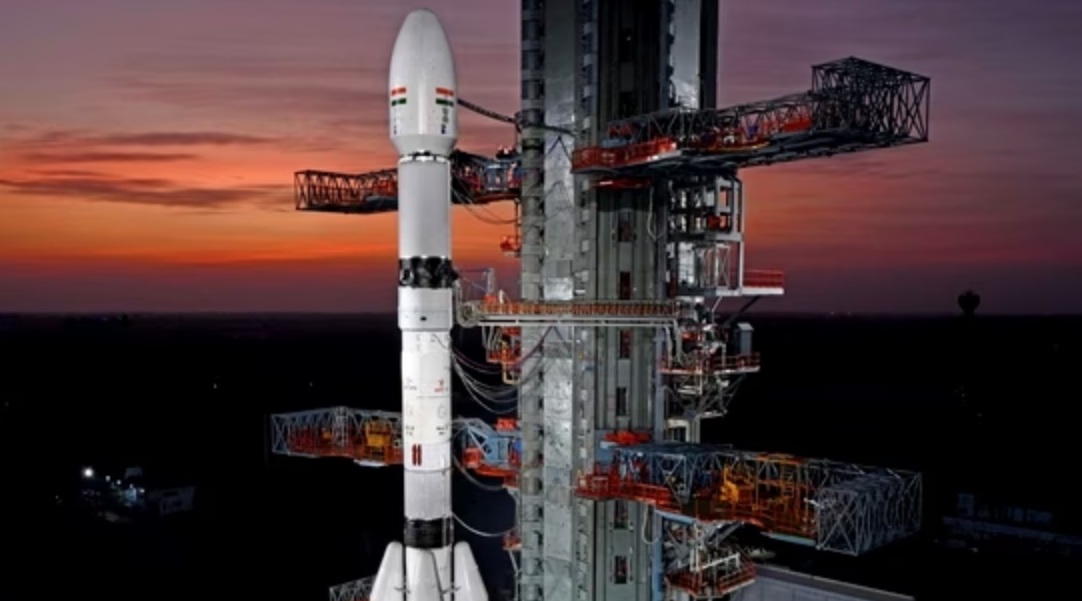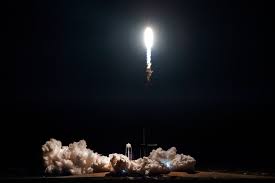Today marks 50 years since the launch of Salyut-1, the world’s first orbital station
Almost exactly 10 years after the first human-crewed flight into space, on April 19, 1971, a Proton-K launch vehicle was launched from the Baikonur cosmodrome. It successfully launched almost 20 tons of payload into low-earth orbit – the world’s first long-term orbital station, Salyut-1.

Its launch opened a fundamentally new stage in the exploration and exploration of outer space by humans. Eventually, it led to the emergence of other stations, including Mir, the modern ISS, or the future Russian station. Half a century of experiments and vast accumulated experience allow today, for example, to plan the construction of a future Gateway station already in the orbit of the Moon.
Curiously, the idea was implemented very quickly – largely for political reasons: in February 1970, the project was ready, after which the station was created very quickly. In December 1970, the orbital block was assembled and handed over for testing; after their completion in March 1971, he was sent to a newly created workplace at the cosmodrome, where only 40 days had passed before the launch. Only 16 months passed from the beginning of the project development to the station’s launch into orbit – an unprecedented time for tasks of such complexity.
The development was carried out simultaneously at TsKBEM and TsKBM (F), and manufacturing was carried out at the Plant named after M. V. Khrunichev (today it is part of Roskosmos) and the Plant for Experimental Mechanical Engineering. The tight deadlines made it necessary to simplify the documentation preparation procedures significantly, and the parts were often manufactured according to the designer’s sketches. But this did not lead to a decrease in quality: the operational and technical management carefully monitored all procedures.
Salyut-1 was a new type of spacecraft, which made it possible to automatically or with human participation solve various scientific and applied problems in conditions of a long flight. Orbital stations with interchangeable crews made it possible for people to work continuously in orbit, study the effect of space and weightlessness on the human body, conduct astrophysical research, and study the surface and atmosphere of the Earth.
Initially, the Salyut-1 flight was automatic. The fact is that the first cosmonauts could not get on the ship. On April 23, 1971, the Soyuz-10 human-crewed transport vehicle was launched into low-earth orbit with a crew on board consisting of commander Vladimir Shatalov, flight engineer Alexei Eliseev, and test engineer Nikolai Rukavishnikov. Soyuz-10 docked with the Salyut station, but the cosmonauts were never able to get to it due to problems and defects in the docking station. The crew had to return to Earth unscheduled.
But on June 6, 1971, the Soyuz-11 expedition with a crew of Georgy Dobrovolsky, flight engineer Vladislav Volkov and test engineer Viktor Patsaev arrived at the station. It stayed there for a record 22 days, proving the possibility of long-term flights in the orbital complex. Despite several abnormal situations, the flight program was completed: the specialists carried out many scientific research and experiments. On June 29, undocking was carried out, and after issuing a braking impulse, Soyuz-11 began its descent from orbit. Unfortunately, after the separation of the compartments, the descent vehicle was depressurized, and the cosmonauts died on their return to Earth.
After undocking from Soyuz-11, the orbital block of the Salyut-1 station continued its autonomous flight for another 3.5 months, performing the scientific research program in automatic mode and checking the efficiency and service life of the systems in a long flight.
On October 11, 1971, the Salyut station ceased to exist, having burned out in the dense layers of the atmosphere over the Pacific Ocean. A total of five vehicles of this series were manufactured and launched into orbit: Salyut-1, Salyut-3, Salyut-4, Salyut-6, Salyut-7. The Salyut-2 and Salyut-5 stations had a military purpose and belonged to the Almaz series of orbital stations.








